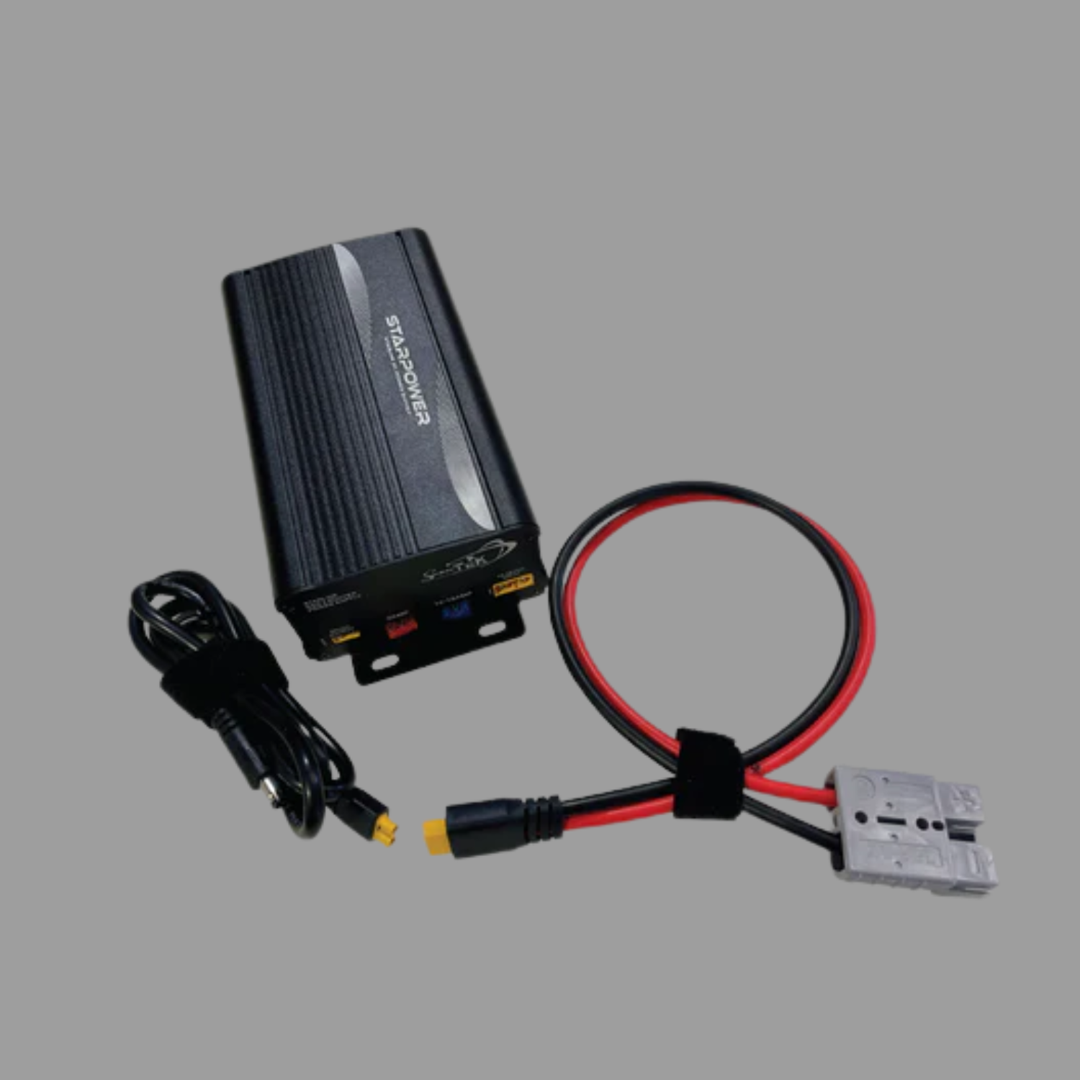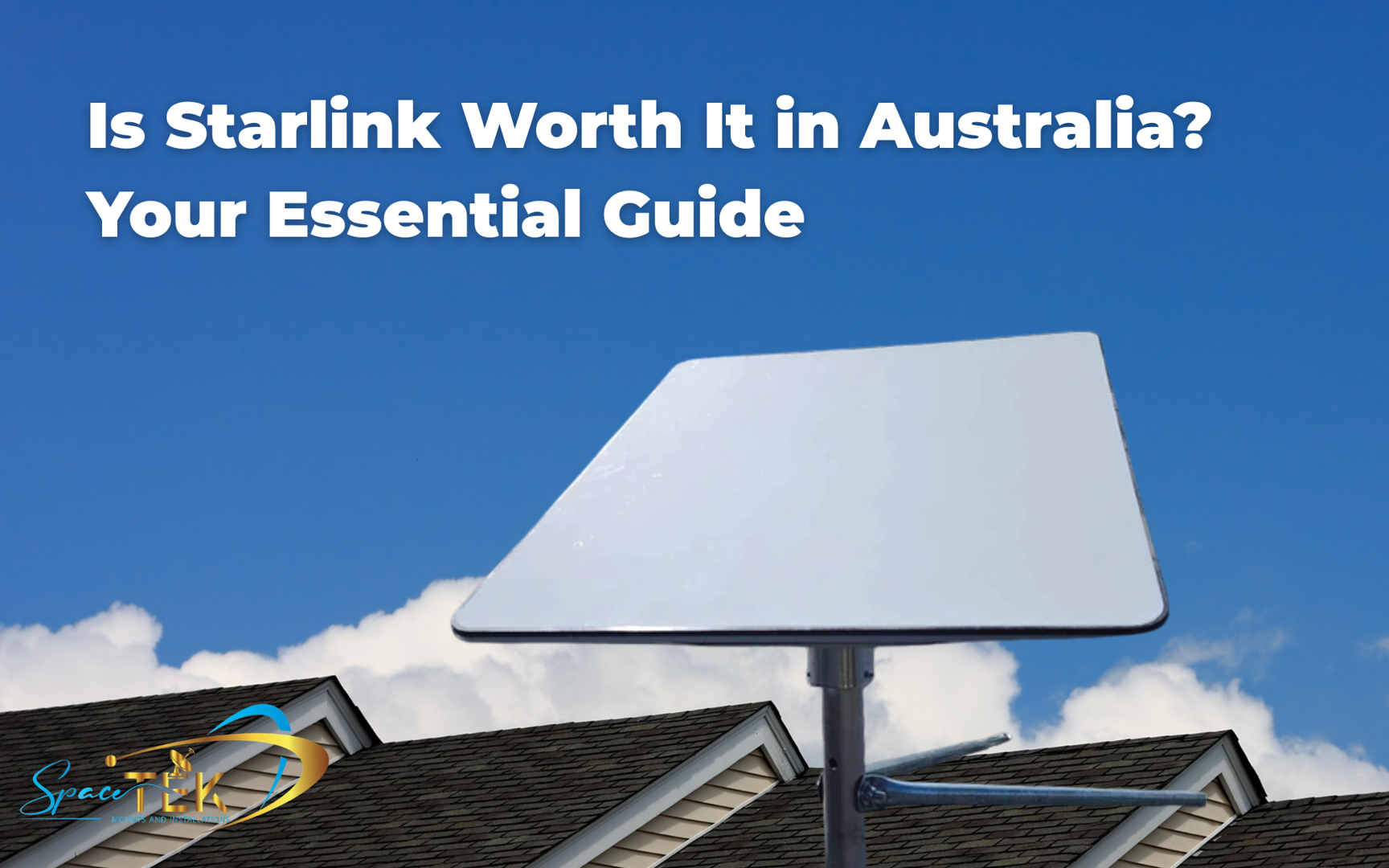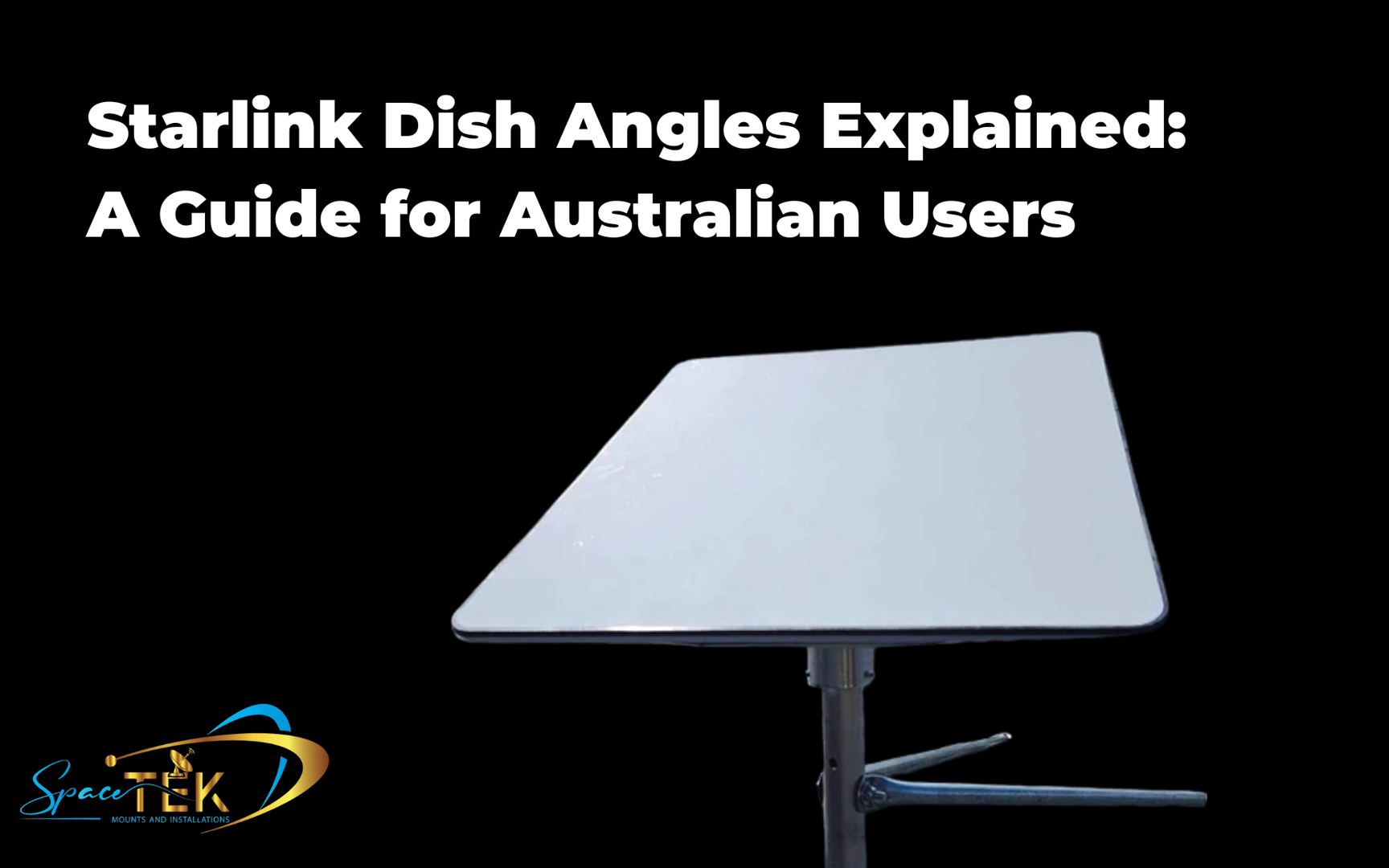Does Starlink Need Power? Understanding Your Energy Requirements
Yes, Starlink requires a continuous power supply for its dish and router. Understanding its energy needs is critical for installations in remote, off-grid, or mobile Australian settings where grid power is unreliable or unavailable. For a concise overview of the broader technology, see this publicly accessible Satellite Internet primer.
Quick Answer: Power Consumption
- Starlink System: Typically 50-150 W (active), 20-45 W (idle)
- Daily Usage: Ranges from 1 kWh to 3.6 kWh, depending on usage and conditions.
Power consumption is influenced by the specific Starlink hardware, weather conditions, and network activity. For remote Australian applications, planning for these variables is the key to maintaining a stable internet connection with a solar, battery, or vehicle power system.
How Much Power Does Starlink Use in Australia?
The power consumption of a Starlink system is a primary planning factor, typically ranging from 50 to 150 watts (W) during active use, depending on the specific model. When idle, consumption drops significantly. More power-intensive models designed for high-performance or in-motion applications will be at the higher end of this range, while more portable versions are generally more efficient.
This translates to daily energy needs of approximately 1 to 3.6 kWh, depending on the model and usage patterns.
Several factors affect these rates:
- Weather: The dish's built-in heater, used to melt snow or ice, significantly increases power draw. Heavy rain can also increase consumption as the dish works harder to maintain a signal.
- Network Activity: High-bandwidth tasks like 4K streaming or large file transfers consume more power than basic browsing.
- Obstructions: A clear view of the sky is essential. If the dish must constantly work to find a signal around obstructions, it will use more power.
For more details, you can learn more about Starlink DC power requirements.
Can I Power Starlink from a Standard Australian Power Outlet?
Yes, Starlink is designed for standard 100-240 V AC Australian power outlets. However, in regional and remote areas, grid power can be unstable. Power fluctuations and lightning strikes pose a significant risk to the sensitive electronics in your Starlink system.
To safeguard your investment, SpaceTek Australia offers custom-engineered, surge-protected power accessories. These provide robust defence against voltage spikes and ensure a clean, stable power supply, which is crucial for reliable operation.
For comprehensive protection, explore SpaceTek’s UPS and power accessories.
How Do I Power My System Off-Grid?
For off-grid locations, a solar power system is the most sustainable solution. A successful setup requires careful planning of your power generation and storage.
For a deeper dive, read Powering Starlink directly from DC: Your ultimate guide.
Step-by-Step Solar Setup:
- Calculate Daily Power Needs: Determine your Starlink's 24-hour energy consumption (e.g., a standard system needs 1-1.5 kWh).
- Size Solar and Battery: Your solar array (typically 400 W-600 W) and battery bank (1.5 kWh+ usable capacity) must meet daily needs and provide a buffer for cloudy days. Lithium (LiFePO4) batteries are recommended for their efficiency and lifespan.
- Integrate a SpaceTek DC Power Supply: Powering Starlink directly from your DC battery system via a SpaceTek custom DC power supply is far more efficient than using an inverter. This bypasses unnecessary power conversions, saving 15-20 % of your energy—an important advantage in an off-grid system.
Key Considerations: Avoid undersizing your solar panels or batteries, as this will cause outages. Use high-quality, weatherproof components suitable for harsh Australian conditions to prevent energy loss and equipment failure.
Can I Use a Car or RV Battery to Run Starlink?
Yes, powering Starlink from a vehicle's 12 V system is ideal for caravans and mobile applications. The main challenge is voltage instability. Vehicle electrical systems fluctuate, which can damage Starlink or cause reboots.
For a detailed guide, refer to The easiest way to power your Starlink Roam with DC options.
Guide for Mobile Power:
- Use a SpaceTek DC-DC Power Supply: Our converters take the unstable 12 V input from your vehicle and provide a regulated, clean output suitable for Starlink, protecting it from voltage spikes and dips.
- Connect to an Auxiliary Battery: To avoid draining your vehicle's starter battery, always connect Starlink to a secondary or house battery. Ensure secure connections and correct polarity.
- Monitor Battery Health: Regularly check your battery's charge to prevent deep discharge, which can shorten its life.
Using a direct DC-DC solution from SpaceTek is significantly more efficient than running an AC inverter from your battery.
How Can I Optimise Power Consumption for Starlink?
For off-grid and mobile users, optimising power is essential.
- Use the 'Stow' Feature: When not in use, stowing the dish via the app reduces power draw to idle levels.
- Manage the Heater: In the Starlink app, disable the automatic heater setting unless you are in a location with snow and ice. This is a major power drain.
- Schedule Power: Use a timer or smart plug to turn the system off completely overnight or when not needed. Starlink reboots and connects within minutes.
- Ensure Clear Sky View: An unobstructed view allows the dish to work more efficiently, reducing power consumption.
- Turn It Off: The most effective method is to power down the system entirely when internet access is not required.
What Are the Power Requirements for Starlink in Motion?
For in-motion use in vehicles or boats, specialized Starlink hardware is required. This equipment generally consumes more power—often in the 110-150 W range—to maintain a constant connection while moving. This equates to a daily energy need of 2.6-3.6 kWh for continuous operation.
A stable, continuous power supply is non-negotiable for in-motion use. Power interruptions will cause connection dropouts. SpaceTek's DC-DC converters are engineered for mobile environments, withstanding vibrations and providing the regulated power needed for reliable connectivity on the move.
SpaceTek Accessories Built for Remote Australia
SpaceTek Australia provides custom-engineered power solutions and mounting kits. These are specifically designed for the rugged Australian landscape. Our products address the unique connectivity challenges faced by users of Starlink in Australia, particularly in Remote Australia and for Remote Communities. Reliable internet is a fundamental requirement, not merely a convenience, in these environments.
Our range includes high-quality, rust-resistant mounts. These mounts ensure the Starlink dish is securely positioned for optimal performance. They are built for longevity, even under harsh Australian conditions. Complementing our mounts, our power accessories, such as efficient DC power supplies and surge protection solutions, are engineered for demanding scenarios. This includes off-grid living, mobile applications, and environments with unpredictable power grids.
SpaceTek Australia is committed to providing robust accessories that integrate seamlessly with your Starlink system. This empowers users to maintain consistent connectivity without compromise. For expert advice and custom support, please do not hesitate to contact SpaceTek. Our team is available to assist with Starlink power challenges and facilitate reliable internet access across Australia.
We invite you to explore the full range of innovative solutions by browsing SpaceTek Starlink Accessories.
Reliable Internet Starts with the Right Accessories
Your Starlink connection is only as reliable as the power system supporting it. Does Starlink need power? Absolutely—and ensuring that power is stable, efficient, and suited to Australian conditions makes all the difference between seamless connectivity and frustrating outages.
SpaceTek's Australian-designed power solutions are engineered for our continent's diverse and often harsh environments. Whether you are connecting a remote station, a mobile worksite, or a caravan, the right accessories transform your Starlink system from functional to truly dependable.
- Grid-connected: Our surge-protected supplies guard against electrical storms and grid fluctuations.
- Off-grid: Our efficient DC converters maximise every watt from your solar and battery systems.
- Mobile: Our purpose-built DC-DC converters provide the stable voltage needed to prevent dropouts on the move.
Generic accessories often fail under Australian extremes. SpaceTek solutions use materials and components selected for longevity and reliability. For Starlink in Australia, choosing accessories built for our unique environment is essential for long-term success.
Ready to upgrade your setup with accessories that will not let you down? Browse SpaceTek’s full range of mounts, power supplies, and accessories, or contact our team for advice custom to your specific installation requirements.
For additional insights into off-grid power solutions, Solar Quotes Australia offers valuable information on satellite internet power considerations.




Leave a comment
This site is protected by hCaptcha and the hCaptcha Privacy Policy and Terms of Service apply.